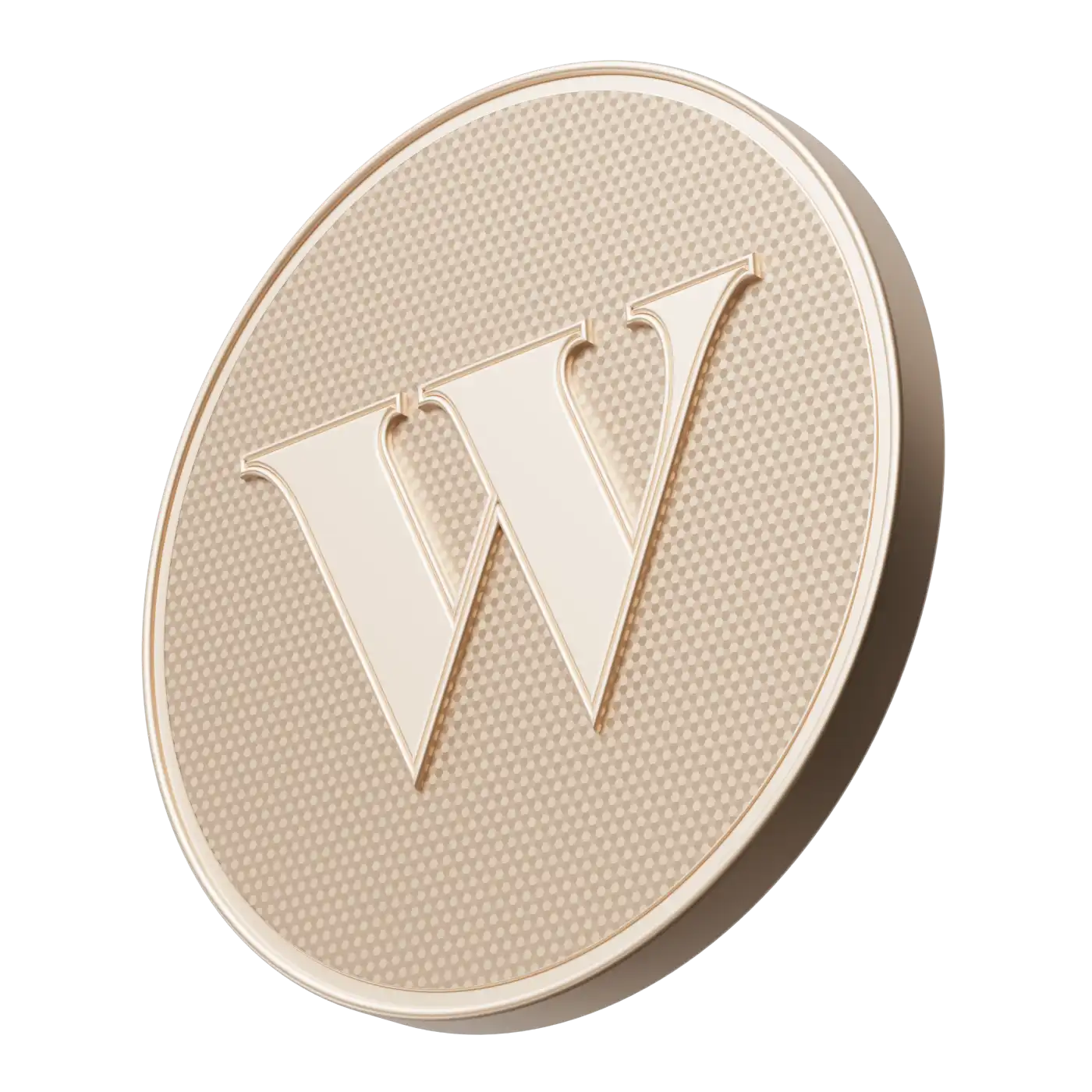Some stock shares are big-ticket items, going for hundreds or even thousands of dollars each. Unfortunately, not everyone who’d like to own those expensive stocks can pony up enough cash to purchase a single share.
The solution: stock shares can be broken down into fractional shares, allowing more investors to buy a piece of a company. This guide will explain how fractional shares work and why they’re important for investors to understand.
What are fractional shares?
In investment-speak, a “share” is a fraction of a company. A fractional share is a fraction of a share of stock.
Why do fractional shares exist?
More often than not, fractional shares are created after a company engages in a stock split or merges with another company.
A stock split may end up splitting an individual share if an investor owns an odd number of shares. If two companies merge, they may combine stocks with each other using a specific ratio that splits shares into fractions.
Do fractional shares pay dividends?
Assuming the stock in question pays dividends, then yes. Just because fractional shares aren’t full shares doesn’t mean they function much differently than full shares as investment instruments. This means that if you own 50% of a share that pays dividends, you get 50% of the dividends paid per share.
While there’s always risk in the market — and investors should be aware of the amount of fees they’re paying — owning fractional shares can result in earning more in dividends than you could recoup from interest in a savings account.
Why should I buy fractional shares?
The primary reason an investor may want to buy a fractional share is to invest in a company whose full shares are trading at a price that’s out of reach. But buying fractional shares can also be a meaningful way for beginner investors to dip a toe in the waters of the stock market. And it lets you diversify your portfolio (thereby reducing your risk) even if you don’t have much money to invest.
You may also want to buy fractional shares if you practice dollar-cost averaging. For example, you may invest $200 each month in your Tax-Free Savings Account. Depending on the stock price, that $200 may or may not get you a whole number of shares. With fractional shares, you don’t have to worry about having cash left over or needing to add more money to cover your shares.
Similarly, fractional shares help you invest a specific amount in a company. Instead of buying a certain number of shares, you may want to buy $5,000 of a stock. With fractional shares, you can purchase exactly that amount, regardless of the stock’s price.
How can I buy fractional shares?
Some investors end up with fractional shares due to the decisions taken by the companies they’ve invested in. While an individual can’t buy or sell a fractional share on the stock market, they can do so through a broker, including some online trading platforms.
Some brokerage firms are willing to bundle multiple shares together to create a full share, sell you a fraction of a share to create a full share for you, or sell fractional shares to new investors. Not every brokerage provides this option, and those that do may deal with them in their own particular ways.
Even firms that don’t sell fractional shares outright are likely to let customers reinvest their dividends into fractional shares.


